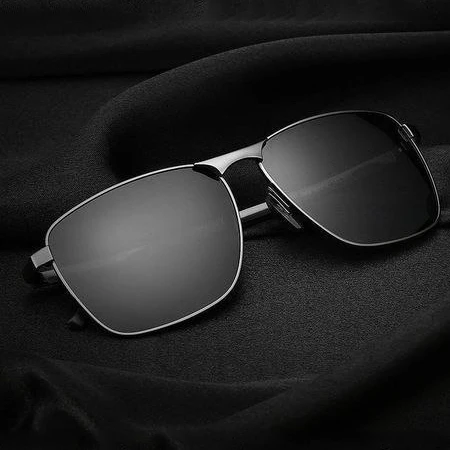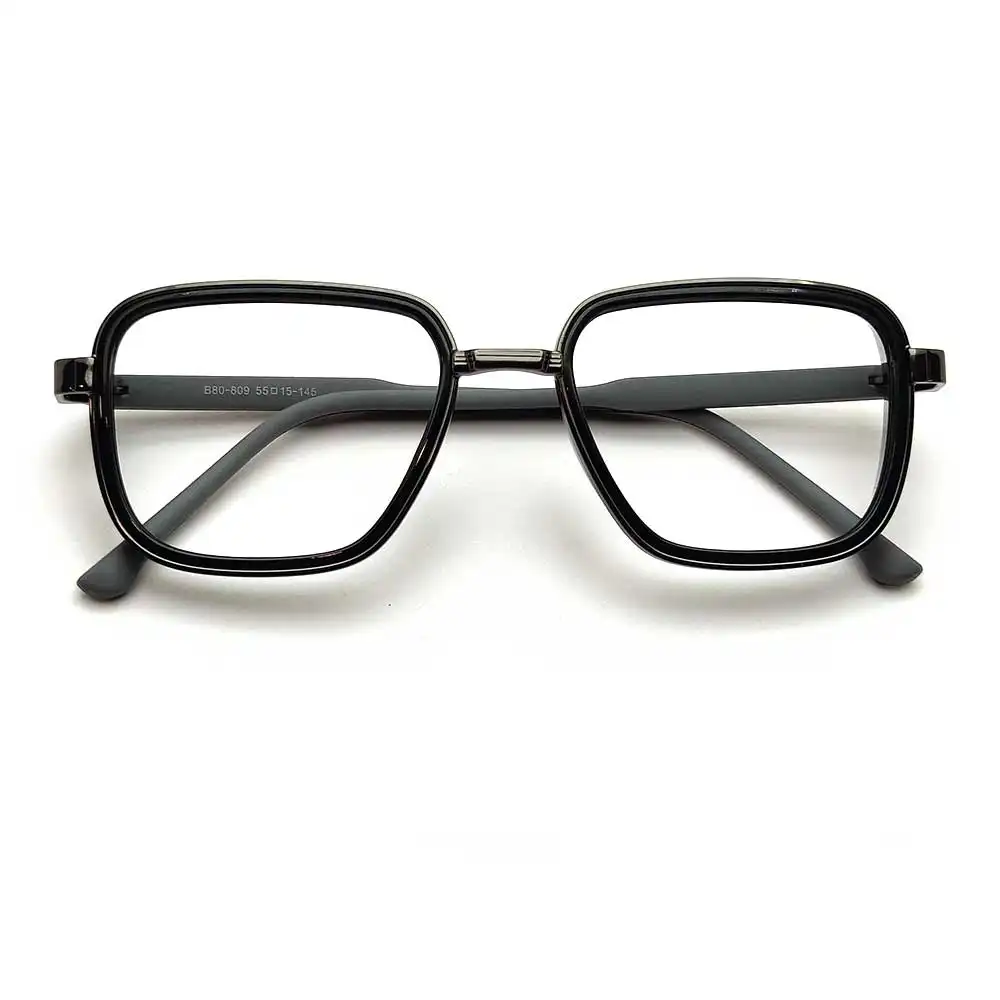eyeglasses, Tips & Tricks
Bifocals vs. Progressive Lenses: Making the Right Choice for Your Vision
Bifocals vs. Progressive Lenses: Choosing the right eyewear can be a daunting task, especially when it comes to deciding between bifocal and progressive lenses. Both options offer unique benefits, but which one is truly better for your eyes? In this article, we’ll explore the pros and cons of each type of lens, helping you make an informed decision that suits your lifestyle and visual needs.
What Are Bifocal Lenses?
Bifocal lenses have been around for centuries, with their invention often attributed to Benjamin Franklin. These lenses are divided into two distinct sections:
Upper Section
- Designed for distance vision
- Typically takes up the majority of the lens
Lower Section
- Used for near vision (reading, close-up work)
- Usually appears as a small, half-moon shaped area at the bottom of the lens
“Bifocals are like having two pairs of glasses in one, with a clear line separating the two prescriptions.”
What Are Progressive Lenses?
Progressive lenses, also known as no-line bifocals, are a more modern solution to multifocal vision correction. They offer a seamless transition between different vision zones:
Distance Vision
- Located at the top of the lens
- Used for looking at objects far away
Intermediate Vision
- Found in the middle portion of the lens
- Ideal for computer work or viewing objects at arm’s length
Near Vision
- Situated at the bottom of the lens
- Perfect for reading or close-up tasks
Pros and Cons of Bifocal Lenses
Advantages
- Easier adaptation period for most wearers
- Larger reading area compared to progressive lenses
- Generally less expensive than progressive lenses
- Suitable for specific job requirements (e.g., mechanics, electricians)
Disadvantages
- Visible line on the lens, which some find unattractive
- Abrupt change between distance and near vision
- Lack of intermediate vision correction
- May cause “image jump” when shifting focus
Pros and Cons of Progressive Lenses
Advantages
- Smooth transition between all vision zones
- No visible lines on the lens
- Provide correction for intermediate vision
- More natural vision experience
Disadvantages
- Longer adaptation period
- Narrower reading area
- Higher cost compared to bifocals
- Potential for peripheral distortion
Factors to Consider When Choosing
When deciding between bifocal and progressive lenses, consider the following:
Lifestyle and Activities
- Do you spend a lot of time on computers?
- Are you frequently switching between near and far vision tasks?
Adaptation Ability
- How well do you adjust to new prescriptions?
- Are you patient enough for a potentially longer adjustment period?
Budget
- Are you willing to invest more in your eyewear?
- Does your insurance cover one type of lens over the other?
Aesthetic Preferences
- Do you mind visible lines on your lenses?
- Is a seamless look important to you?
What Eye Care Professionals Say
Many optometrists and ophthalmologists recommend progressive lenses for their versatility and natural vision experience. Dr. Sarah Johnson, a practicing optometrist for over 20 years, shares her insight:
“While bifocals have their place, especially for those with specific visual needs, progressive lenses offer a more comprehensive solution for most patients. They provide a seamless transition between all distances, which is particularly beneficial in our digital age.”
However, she also notes that the choice ultimately depends on individual needs and preferences.
Making Your Decision
Choosing between bifocal and progressive lenses is a personal decision that should be made in consultation with your eye care professional. Here are some final tips to help you decide:
- Schedule a comprehensive eye exam to discuss your options
- Consider trying both types if possible
- Be honest about your lifestyle needs and preferences
- Don’t hesitate to ask questions about the pros and cons of each option
Remember, the best choice is the one that provides you with clear, comfortable vision throughout your day.
Conclusion
Both bifocal and progressive lenses have their merits, and the “better” option varies from person to person. While progressive lenses offer a more seamless and comprehensive vision correction, bifocals might be preferable for those who prioritize a shorter adaptation period or have specific visual needs.
Ultimately, the key to finding the right lenses is to work closely with your eye care professional, considering your lifestyle, budget, and personal preferences. With the right choice, you’ll enjoy clear vision and comfortable eyewear that enhances your daily life.
Follow us
























